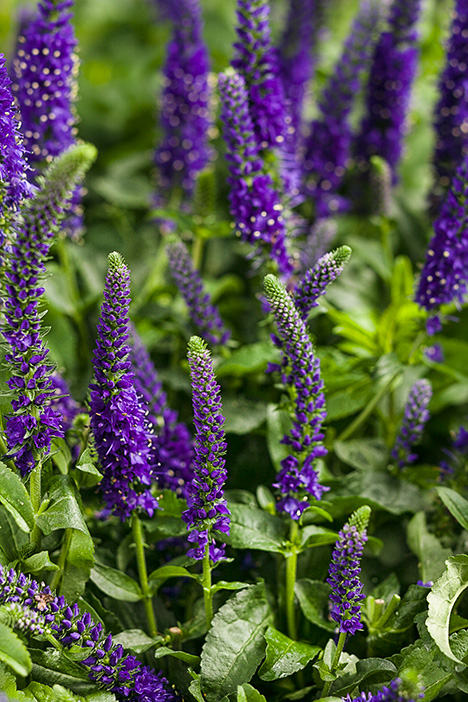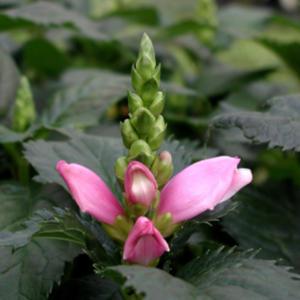Description
 Echinacea purpurea Prairie Splendor
Echinacea purpurea Prairie Splendor
Prairie Splendor Echinacea
Prairie Splendor’ is a compact coneflower that features bright rose-magenta rays surrounding a dark orange center cone. It typically grows in a clump to 24″ tall and as wide. Flowers bloom from late spring (two weeks earlier than most echinacea’s) to late summer, sometimes with additional sporadic bloom until frost. Each flower (to 4-5″ diameter) features downward-arching rose-magenta rays. Dark green leaves are lanceolate to narrow-ovate.
Zone: 3 to 8
Height: 1.00 to 2.00 feet
Spread: 1.00 to 2.00 feet
Bloom Time: June to August
Bloom Description: Rose-magenta rays with orange center cone
Sun: Full sun to part shade
Water: Dry to medium
Maintenance: Low
Flower: Showy, Good Cut, Good Dried
Attracts: Birds, Butterflies
Tolerate: Deer, Drought, Clay Soil, Dry Soil, Shallow-Rocky Soil



Reviews
There are no reviews yet.